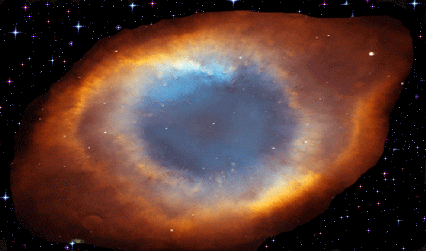 
 |
Because He Cares |
|
|
|
|

 |
|
Site Index |
|
TOPICS Emergency Help Alateen Victim Support Support Groups Grieving Compassionate Friends Helpful Guidelines in Death Funeral Options Death and Healing Police Links Dare Drugs Addictions My Name is Cocaine Counseling Agencies Domestic Violence Legal Information Legal Aid Senior Connections Youth Issues Child Abuse Family Violence Peace Bonds Victim Impact Statement Coroners Service Keep Kids Safe Bullying Family & Kids Kids Corner Teen Corner BC Governments Family Justice BC Attorney General Court Services BC Cities Journey of Hope Wemmicks Work Shops Christian Connections For Detailed Information Go To SITE INDEX |
| xxxxxxxxxxxxxxxxxx |
 What is a GPS  |
  I URGE YOU to view the Web Page "TO GOD I PROMISE" & DO IT |
  What is My God's GPS |
|
Home
-
What is a GPS
-
Stars & Galaxies
-
Contact My Other Website: Highway of Tears --I am Missing - Doors of Hope - Windows of Hope - Stop Child Abuse NOTE - Does NOT View properly in FIREFOX Browser |
|
HE
CREATED Amazing Close Up Pictures of Moths - Beetle - Froggie - Squirrel The Birth of a Chicken |
GENEVA BIBLE 1594 I have an Original Copy It's a BABY - NOT a FETUS Mission to the Philippines |
Special Videos Plus Music/Song Inspiring and Touching by: Nick Vujicic - Connie Talbot The Sky Angel Cowboy David Phelps - Lynda Randle |
WOW - Look at
This NESSIE and HIGH ROPES Ness Lake Bible Camp POEMS "I Saw The Cross Jesus Paid it All" & Others |
What God
Speaks Into Our Hearts Share Your Stories - email Tony Oh Lord, I Want to Sing a New Song by Katelyn |
|
HE CREATED - Videos Squirrel Bites Me - Fox Two Bears - Baby Canary Squirrel Hiding Seed Hungry Squirrel - Deer Resting |
It's 23 below Zero Cel. Poor Squirrel is Hungry More Winter Pictures 2013 My Favorite SUNRISES - SUNSETS |
Ice Flow -
Looks Like Steambath Nechako River in Prince George  Click on Picture More Winter Pictures Here |
FUNNY-COOL VIDEOS Join Me in a Snowy ride winter of 2011 The CAP of the bottle of Pellegrino popped Click on Picture |
ME
 PARASAILING LOL |
|
Star's Mysterious Light
In January 2002, a dull star in an
obscure constellation suddenly became
600,000 times more luminous than our sun,
temporarily making it the brightest star in
our Milky Way galaxy. The mysterious star
has long since faded back to obscurity, but
observations by NASA's Hubble Space
Telescope of a phenomenon called a "light
echo" have uncovered remarkable new
features. These details promise to provide
astronomers with a CAT-scan-like probe of
the three-dimensional structure of shells of
dust surrounding an aging star. |
Stellar Fireworks
Resembling an
aerial fireworks
explosion, this
dramatic image
of the energetic
star WR124,
taken by the
Hubble Space
Telescope,
reveals that it
is surrounded by
hot clumps of
gas being
ejected into
space at speeds
of over 100,000
miles per hour.
The massive, hot
central star is
known as a Wolf-Rayet
star. This
extremely rare
and short-lived
class of
super-hot star
is going through
a violent,
transitional
phase
characterized by
the fierce
ejection of
mass. The blobs
may result from
the furious
stellar wind
that is unstable
as it flows into
space. As the
blobs cool, they
eventually will
dissipate into
space and so
don't pose any
threat to
neighboring
stars.
|
From the Sun
Hinode, a collaborative mission of the space agencies of Japan, the United States, United Kingdom and Europe, captured these very dynamic pictures of our sun's chromosphere on Jan. 12, 2007. Taken by Hinode's Solar Optical Telescope, this image of the sun reveals the filamentary nature of the plasma connecting regions of different magnetic polarity. The chromosphere is a thin layer of solar atmosphere sandwiched between the visible surface, photosphere and corona. Image credit: JAXA/NASA
|
Sunday November 17, 2013